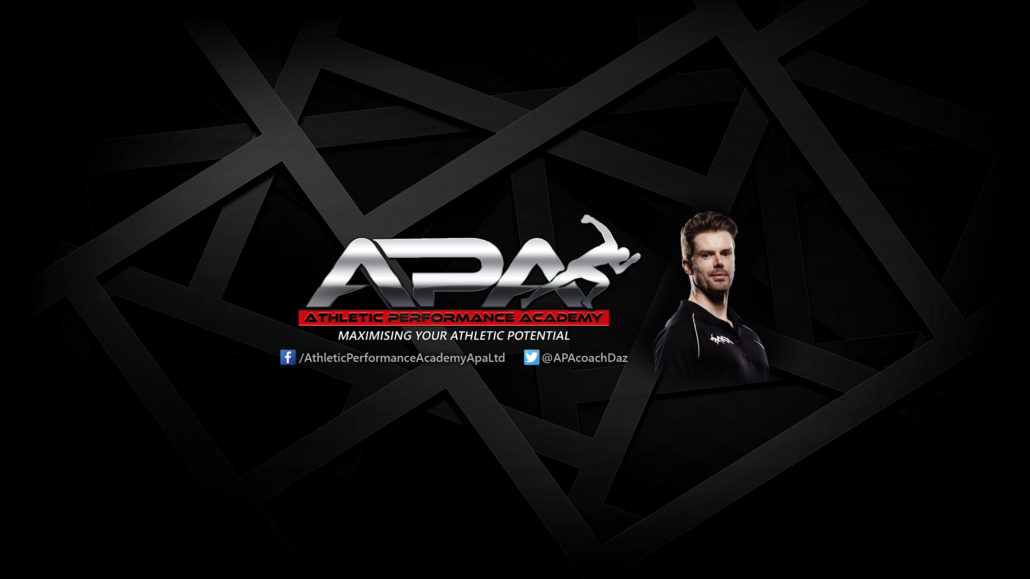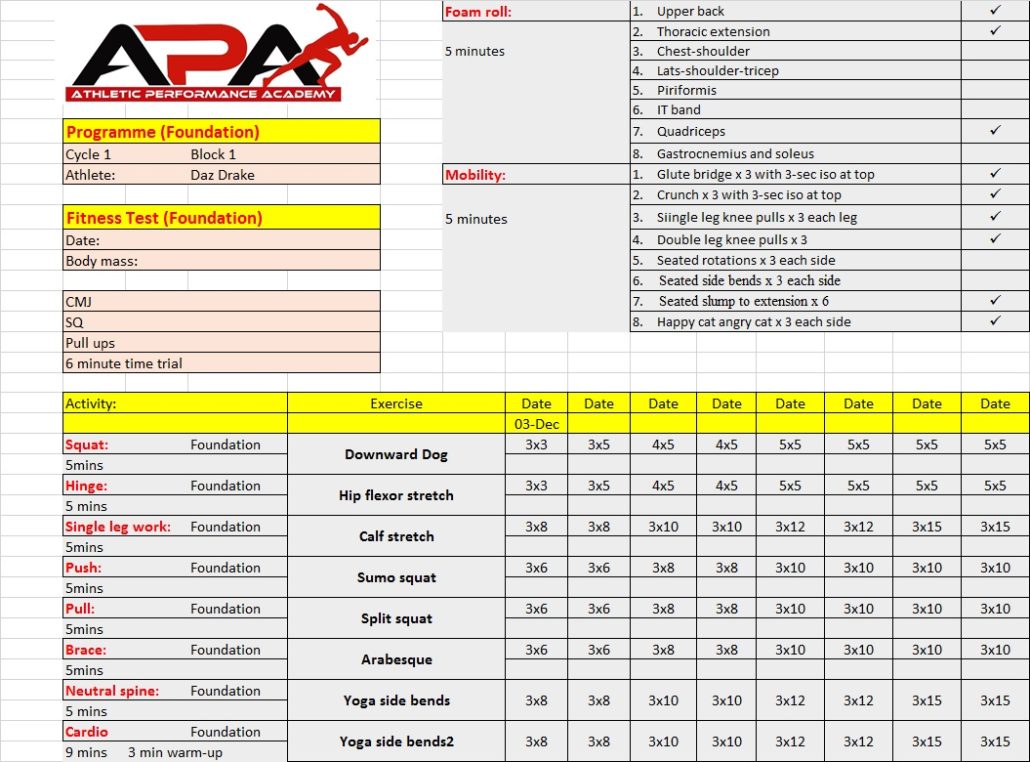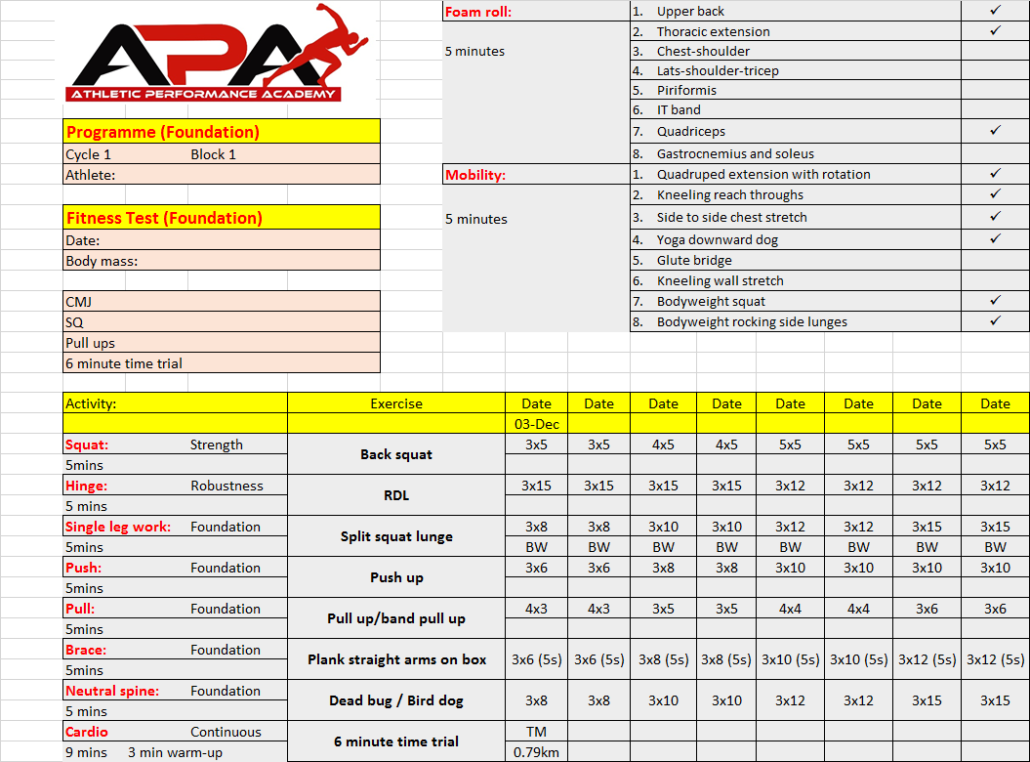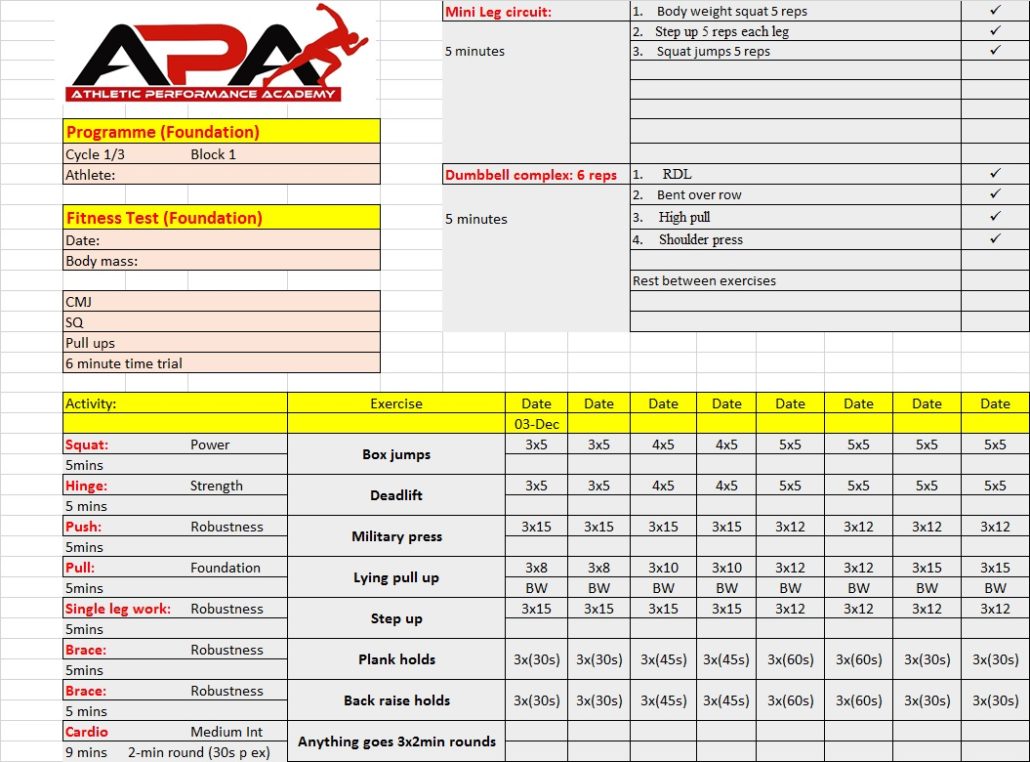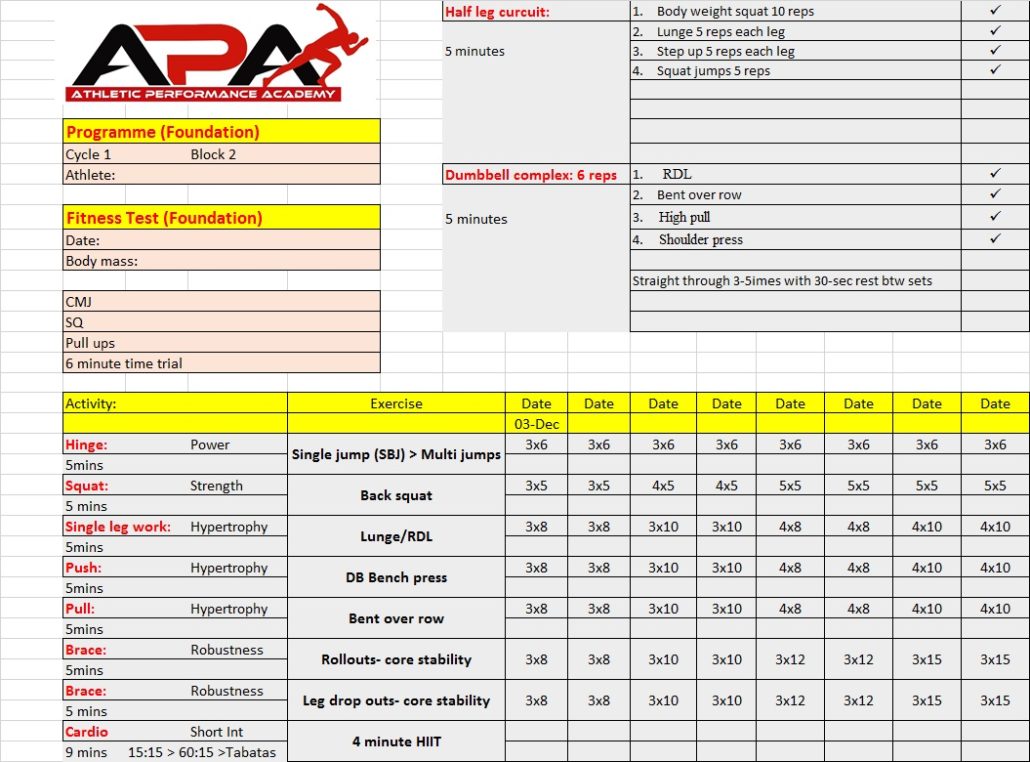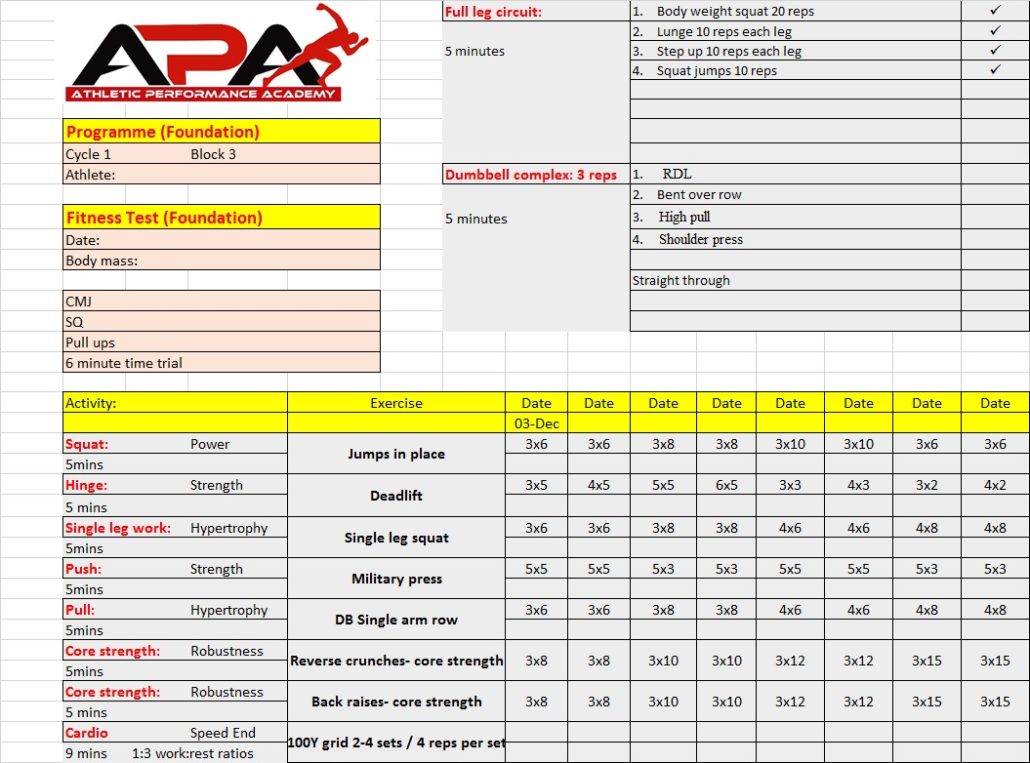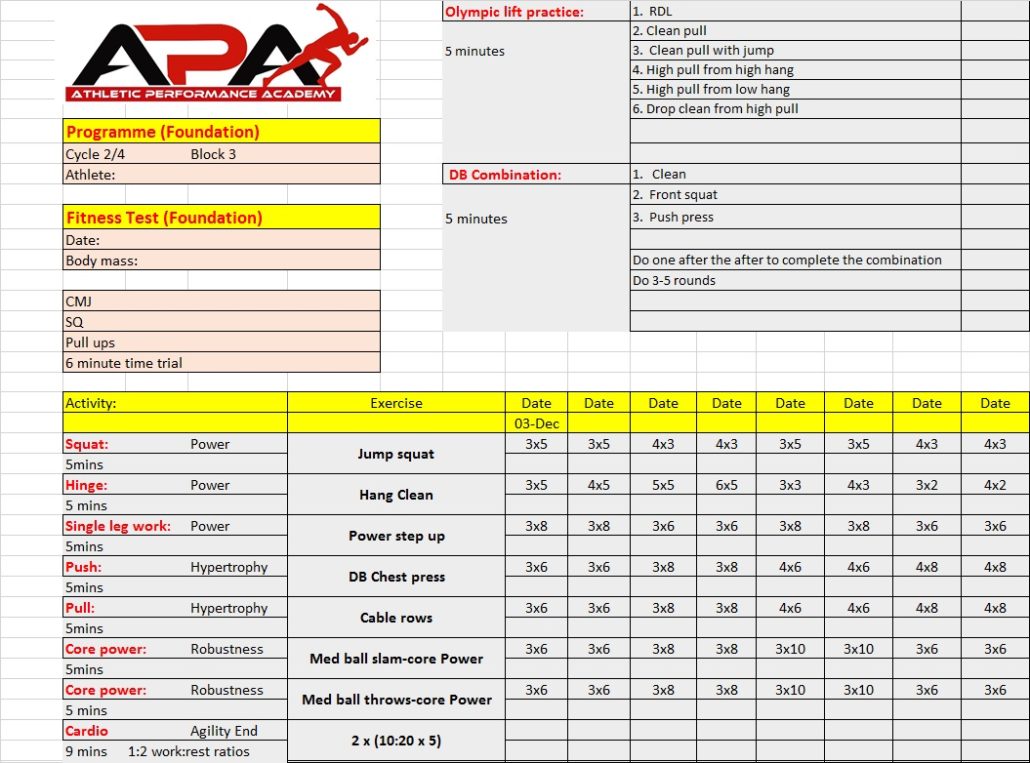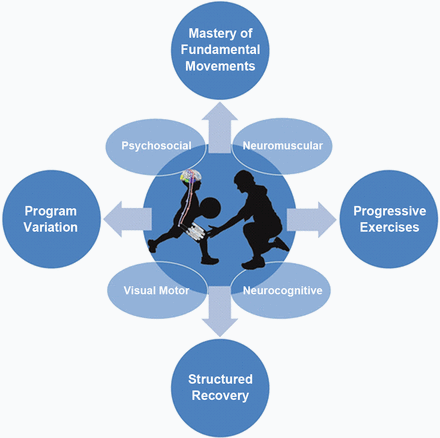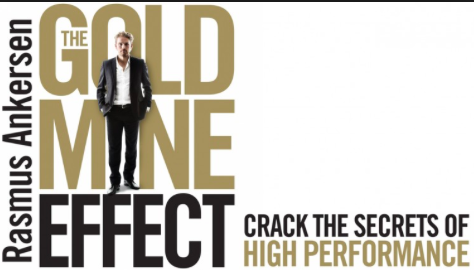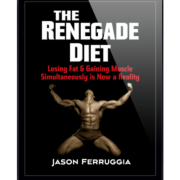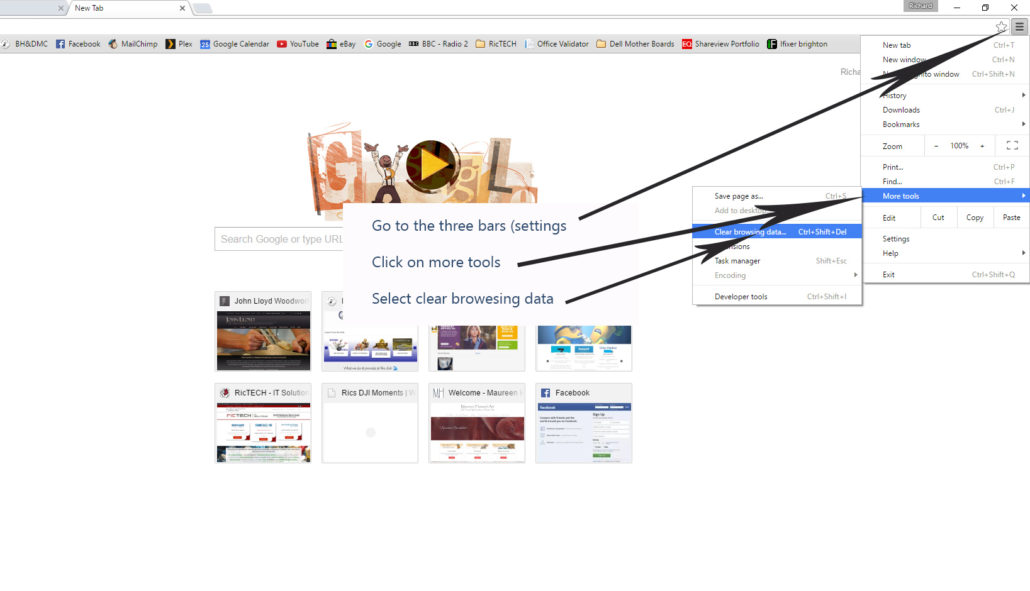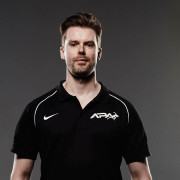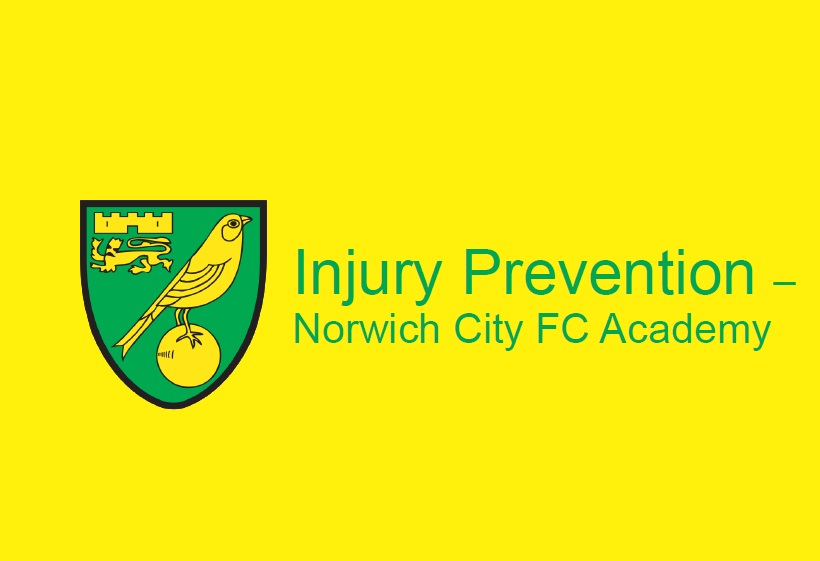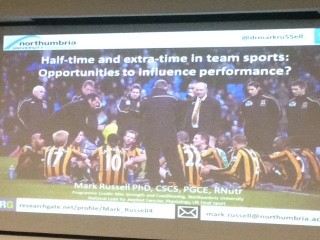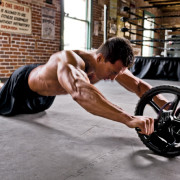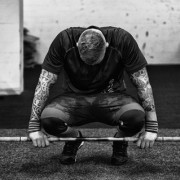As I write this blog I have just finished two of the most difficult sessions I have done physically for quite some time- both boxing sessions. I am without question pushing myself and no doubt getting in better shape than ever. This blog will give some of my reflections on how I think recovery can help improve the gains I am making.
Let’s look at the training first- for all of you out there curious about what I’m doing.
Training:
Wednesday night’s session: Conditioning
Warm-up: 5 sets of: 100 skips, 20 press ups, 20 squats, 20 V sits
Main session:
Set 1: (1 x Press-up into 4 punch combination- jab, cross, jab, cross) x 50
Set 2: (1 x Sit up- with feet around base of heavy bag into 4 punch combination- hook left right left right) x 50
Set 3: Repeat set 1
Set 4: (1 x Squat jump into 4 punch combination-head shot left hook, body shot left hook, body shot right hook, head shot right hook) x 50

In my opinion the volume is a little high on the press up front- 200 press ups total. This is always the challenge of sports like boxing and tennis which have a lot of repetition in the forwards direction- so I needed to make sure I work on the pulling direction in my gym sessions.
Saturday morning session: Sparring
This was my fourth session and today my coach got me into the ring to do some sparring. I didn’t realise but I had asked if we could train at 11am which is the same time that his ‘regular’ fighters come in for sparring.
The fighters were asked to come in and give me some sparring practice. I heard him utter the horrible words- ”go light, he’s a beginner. But if he drops his guard give him something to think about.” I was wearing a head guard for the first time, but they were without one.
I had 3 x 3-minute rounds with 1-minute between, and a new opponent each time. I then had 10 minutes to ‘reflect’ before I had to do it again for 3 x 3-minute rounds, again with three different opponents.

On one hand I felt pleased that I was able to get through six rounds, considering my fight will be for three. But at the same time the reality has hit me because it was incredibly hard to keep throwing punches for three-minutes. I was struggling to get my combinations away, and also struggled to keep my guard up when they would counter. Don’t get me wrong, they put in a few punches to the face and body but if they really were going for it, I’d be in trouble.
I have dropped to 75kg but I’m pleased because I’m still able to deadlift 90kg for 5×5 pretty comfortably. Not strong by elite standards but a good benchmark for me. 100kg is normally where I like to get to and still plenty of time to hit that target.
Recovery:
So in conclusion Training is going well. I am training 5-6 days a week- single sessions. It’s more than I normally do!
But despite exercising more frequently, and eating more strictly than I normally do….and I mean super strict, I haven’t got as lean as I would like.
I will qualify that last statement because on this occasion I haven’t taken skin-folds or even done a bio-electrical impedance test. I have stuck with girths and photos. I am currently around 75kg after 3 1/2 weeks strict eating and training around 5-6 times per week. This represents a weight loss of around 3-4kg. But please don’t put too much stock on the weight loss- most of that will be water from restricting the grain based complex carbohydrates. Why do I say don’t focus on weight loss?
Think fat loss not weight loss
With my clients who are trying to get more lean, I normally say to my clients ”please don’t get disheartened” if they are seeing a similar or even smaller amount of weight loss to mine above. So many people have been lead to believe that the best way to measure progress is through weight loss, rather than measuring fat loss.
Things the scales CANNOT measure:
- Your fitness levels
- Your energy levels
- Your strength
- Changes in your body composition
- Your sense of achievement
- Your confidence
- Your happiness

I’ve had clients who have completely transformed their bodies over 90 days and yet the scales have only dropped by 1kg. In some cases, your body can be burning fat while the scales are going up! This can be hard for some people to comprehend because we’ve become so used to measuring our bodies on scales. But if you’re training and eating right, those extra numbers on the scales do not mean you are gaining extra fat. You will actually be building lean muscle. Also when you consume carbohydrates they are stored in the liver and muscles as glycogen and more glycogen means more water in the body which can equal outrageous gains on the scales.
I hear stories all the time from my clients who wake up and weigh themselves every single morning. More often than not, this leads to instant negative feelings and this can set the mood for the rest of the day. It’s massively disheartening and can kill your motivation. This isn’t the way to live and that’s why I encourage all my clients to use progress pictures rather than the sad step to measure their success.
The best thing I can advise is to take a selfie of yourself in your underwear every 2-4 weeks, probably every 4 weeks.
If you work hard, stay motivated and are consistent with your training and nutrition, you will see positive changes in your body that the scales will never show.
Progress photos are also more reliable than the mirror, because our minds can play tricks on us, especially when we’re feeling low, and tell us that we are not making progress.
But in my case, I’m taking photos and seeing a bit of change BUT my girths are pretty much as they were. So I thought I would think about my stress levels and quality of sleep and overall recovery.
What about recovery?
It got me thinking. Could the quality of my sleep and the level of my overall stress influence my fat loss?
I happened to come across a great article on T-nation which I will summarise. If you want to read the whole link you can HERE.
Key concepts:
- Cortisol will burn fat under the right conditions
- Chronically high or low levels are bad for you!
- Cortisol can cause cravings for junk food
- Pay attention to hunger, energy and cravings (HEC)
Calories don’t control metabolism, hormones do. And when it comes to hormones, the stress hormone cortisol is critical.
Not only can stress hormones impact how many calories you eat in a day, they can also impact the quality of calories you choose to eat and even influence how, and where, those calories might get stored or burned from.
During exercise:
During exercise, cortisol works with your other fat burning hormones, the catecholamines (adrenaline and noradrenaline) and growth hormone, to increase fat release.
Cortisol- (during exercise and fasting)- >fat burning- increases the activity of hormone sensitive lipase (HSL), the body’s chief fat releasing enzyme.
During rest:
High cortisol levels when you’re not exercising? That’s a different story. When cortisol is “socializing” with insulin instead, it has the exact opposite effect.
Cortisol (during eating)- > fat storing- increases activity of lipoprotein lipase (LPL), the body’s major fat storing enzyme.
Insulin will be increased and increase cortisol’s fat storing properties.
But what about stress during rest?
I am a busy business owner. I have less sleep now in my mid 30s than I did in my mid 20s. Don’t get me wrong I went out partying more in my 20s than I do now- but that wasn’t every night. The other nights I could wake up around 8am in my student days and early work days, and often have lie ins at the weekend. I’d have exams and the like but I wasn’t constantly thinking about my responsibilities
Now I am starting work at 7am or 8am most days, including weekends and struggle to have a proper DAY OFF- days are usually also finishing at 7pm and often I’ll fit my admin around coaching which can start at 7am and finish at 7pm.

If you’re a savvy fitness enthusiast, when you think stress you think cortisol. If you’re really on your game, you’ll also think catecholamines. But there’s one more hormone produced by stress that even the most advanced experts know little about – NPY.
NPY is involved with hunger in the brain as referenced above. But cortisol doesn’t just impact brain NPY, it also impacts body NPY. When you’re under acute stress you release catecholamines and cortisol. When you’re under chronic stress you release more NPY. When catecholamines and cortisol are “socializing”, they help you burn fat. But NPY makes you gain fat, especially when it’s hanging around with cortisol.
When NPY is released in large amounts it causes immature fat cells to grow into mature fat cells. Chronically high cortisol makes the body more responsive to this fat storing action of NPY.
Here’s the Twist: Belly fat produces Cortisol
Cortisol is made in the adrenal glands mostly, but there’s one other place it can be made – belly fat. The deep fat of the belly, called visceral belly fat, contains an enzyme called 11-beta hydroxysteroid dehydrogenase (11-HSD). This is an enzyme that converts inactive cortisone into active cortisol. This means belly fat can produce its own cortisol!
There are many situations where stubborn belly fat remains despite best efforts with diet and exercise. Sometimes an extra hour in bed, to lower cortisol, may be a better strategy than an extra hour on the treadmill.
How do you manage cortisol level?
Pay attention to hunger, energy and cravings (HEC)
Hunger: Eating Frequency
When it comes to eating frequency, don’t get caught up in what the research zombies are telling you. Let research refine your approach, not define it. There are many approaches that can work. Eat frequently enough to keep your HEC in check. For some this may mean lots of small frequent meals. For others it may mean fewer smaller meals.
Exercise:
Short intense exercise, or exercise that’s weight training dominant, and slow relaxing exercise are best for cortisol. In the case of short intense exercise, cortisol is elevated along with growth hormone and the catecholamines. That’s good for fat burning. Plus the shorter duration may mean less compensatory hunger later and less chance of going catabolic.
With longer-duration moderate and intense exercise, cortisol can easily dominate over the growth promoting hormones and be associated with more post-workout hunger and cravings and less anabolic potential. Is this the reason sprinters and marathoners look so different? Probably not entirely, but after accounting for genetics, it’s not a huge jump to suggest this mechanism is playing a role.
Another great way to lower cortisol is finishing workouts with slow relaxing movements like leisure walking. I’m not sure why this isn’t used more often, but slow walking is one of the best approaches to lowering cortisol. And it has been shown to be even more impactful when done in a nature setting.
Rest-Based Living
Finally, if you really want to beat cortisol you should develop a new appreciation for what I call rest-based living. Find as many opportunities as possible to prioritize R&R workouts. These include naps, sex/physical affection, massage, foam rolling, laughter, time with pets, leisure walking, sauna, hot baths, contrast showers, meditation, etc. All of these activities have application in lowering cortisol.
I am now more motivated than ever to make sure I am doing the recovery basics well- having more sleep, doing recovery exercises like leisure walking at the end of sessions, massage, hot baths etc etc
I’ll keep you all posted 🙂


